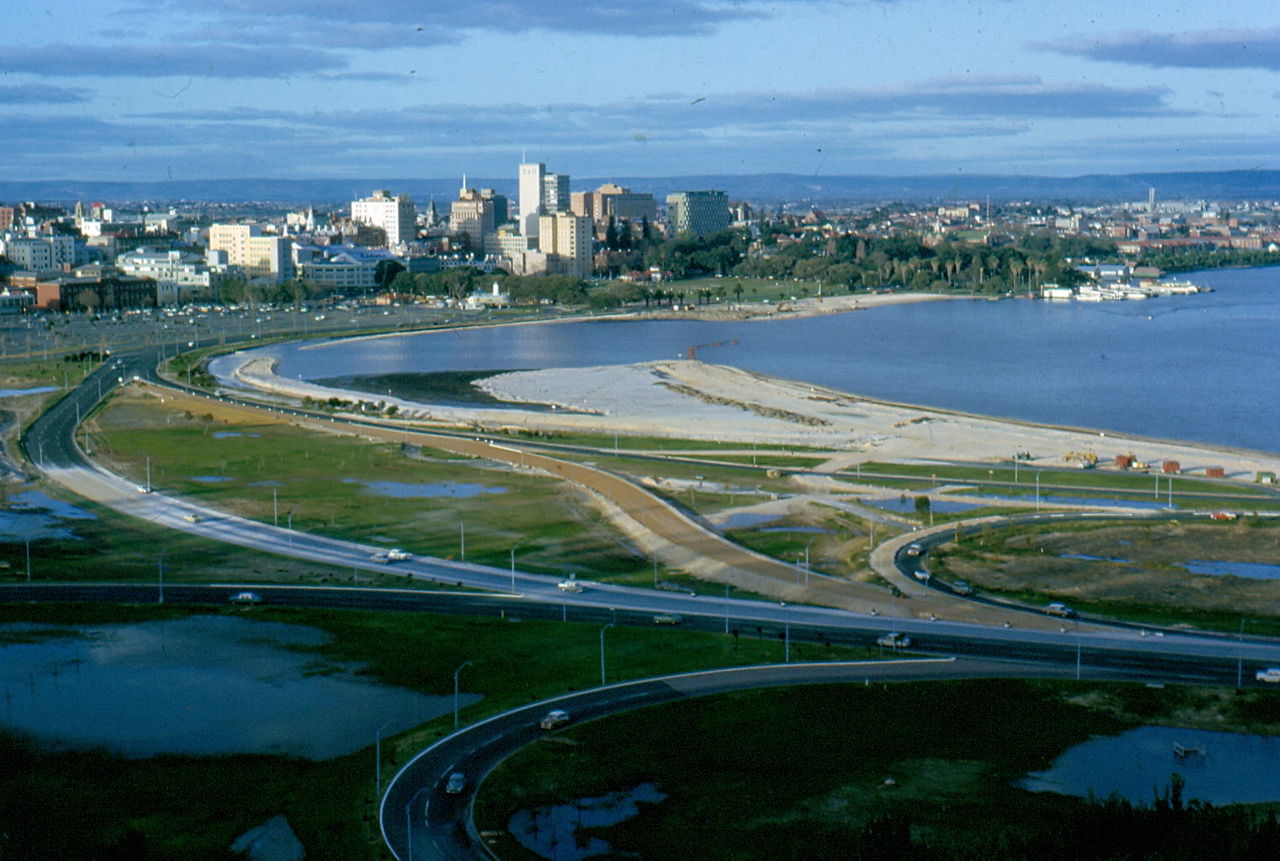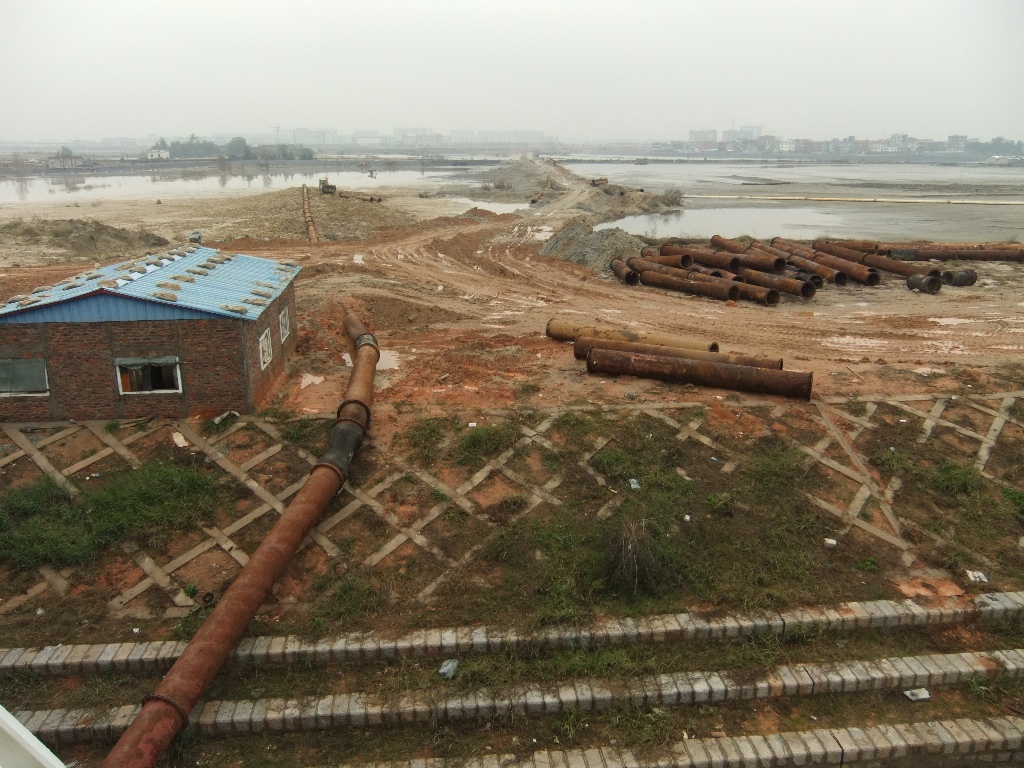Definition
The main objective of land claim is neither erosion nor storm reduction. The aim of land claim is instead, to create new land from areas that were previously below high tide. However, if land claim is designed with the potential impacts of climate change in mind, measures can be taken to reduce the exposure of these areas to coastal flooding. Land claim is likely to be accomplished by enclosing or filling shore or nearshore areas. Several alternative terms may be used when referring to land claim; these may include land reclamation, reclamation fill and advance the line.Co-benefits and impacts
The key advantage of land claim is the gain of additional coastal land for uses such as agriculture or development. In terms of development, coastal land can be very valuable due to accessibility by both land and sea which is essential for port development and due to its highly desirable location for housing and leisure facilities. Although the physical gain of land is beneficial, it is now understood that land claim can also generate a number of negative impacts. The process of land claim requires either the enclosure of intertidal habitats by hard defences, or the raising of their elevation above that of sea level to prevent inundation. This causes the direct loss of intertidal habitats such as saltmarshes, intertidal flats and sand dunes. Another disadvantage is dewatering. By draining reclaimed land which has a high water content, land is caused to dry out, compact and shrink, thus, reducing its elevation in relation to sea level. This causes a difference between land elevations inside the flood defences, where compaction and shrinkage has occurred and outside, where natural intertidal environments continue to naturally accrete sediments. Any type of land claim will cause the displacement of water during a natural tidal cycle. Land claim can also introduce contamination to the coastal zone and acidification of coastal waters. This can be problematic if claimed land is to be used for agriculture or when coastal waters are important for fishing. Contaminants may be introduced through the use of dredged sediments for land elevation raising – caused by the input of hazardous chemicals from industries located on the coast, from ships or from upstream river sources.Comments
https://www.ctc-n.org/technologies/land-claimLast modified: June 25, 2020, 12:19 p.m.


 Ελληνικά
Ελληνικά

